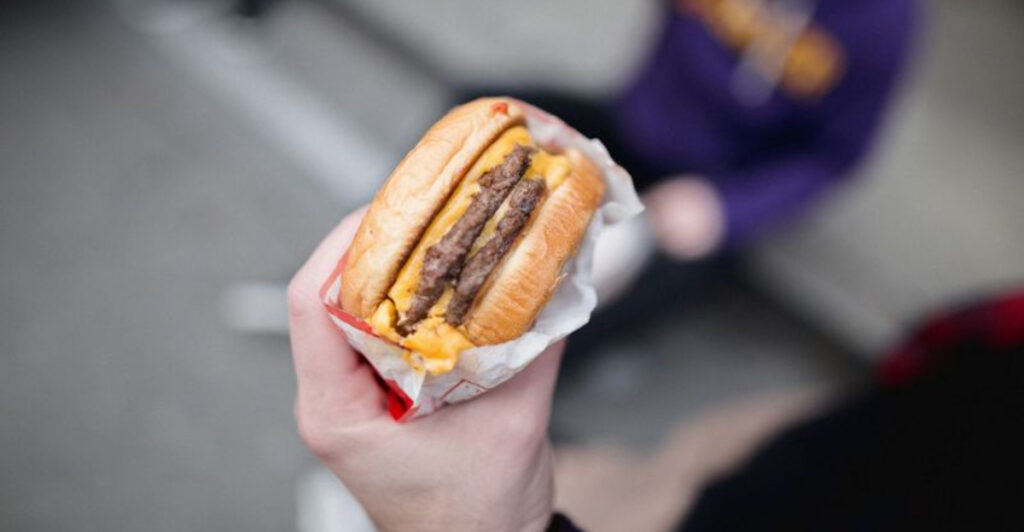You thought you were just biting into a juicy burger. But what if that pile of toppings held secrets the FDA would rather you forget? From obscure preservatives to wild culinary fads, here are 15 once-common burger toppings that got the silent boot—and yes, you probably devoured at least one.
1. Cheese Made with Coal Tar Dye

Back in the ‘60s and ‘70s, the vivid orange hue of some cheeses wasn’t as natural as one might hope. These substances, linked to cancer, were a staple until scientific scrutiny cast them aside.
Cheese lovers unknowingly indulged in this vivid cheese, oblivious to the health implications. Once studies picked up steam, the FDA acted quietly to phase out these dyes, ensuring safer alternatives.
It’s a vivid reminder of how times have changed and how consumer awareness has grown. It’s hard to believe such a vibrant cheese was ever on the menu.
2. Smoke-Infused Lettuce
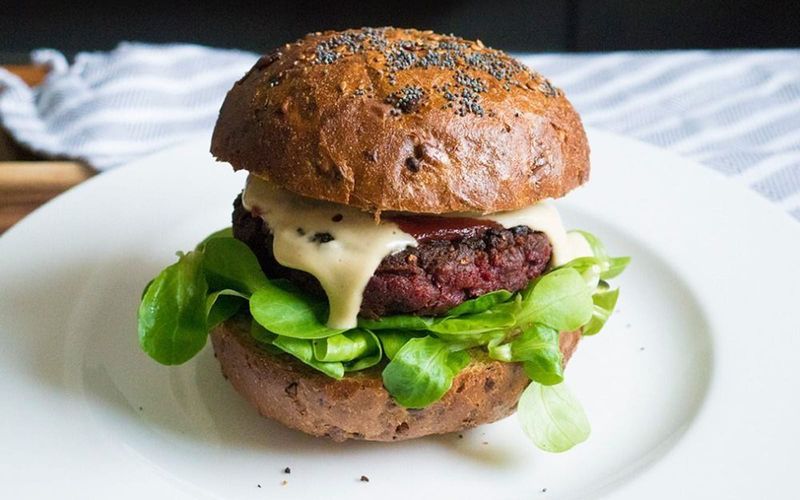
The ’90s brought about some unusual culinary trends, and smoke-infused lettuce was among the most peculiar. It sounds innovative, but the reality was less appetizing.
Derived from petroleum byproducts, these additives raised eyebrows. Complaints and unsettling lab results led to its rapid disappearance. Diners were left baffled by the sudden absence of this smoky salad staple.
In hindsight, it’s a culinary oddity that many are glad to have left behind. Still, it serves as a quirky chapter in the evolution of burger toppings.
3. Sassafras Ketchup

Sassafras Ketchup had its heyday with a distinct tangy taste that intrigued many. Derived from the sassafras root, it contained safrole, a compound later identified as a carcinogen. This revelation led to its quiet removal from shelves.
While its flavor had a loyal following, the health risks overshadowed its popularity. People reminisced about its unique taste, unaware of its potential dangers.
Today, it’s a peculiar memory for those who enjoyed its tangy kick, a reminder of what once was permissible in the food industry. It’s a tale of taste versus safety.
4. Artificial Bacon Bits (with Plastic Fillers)
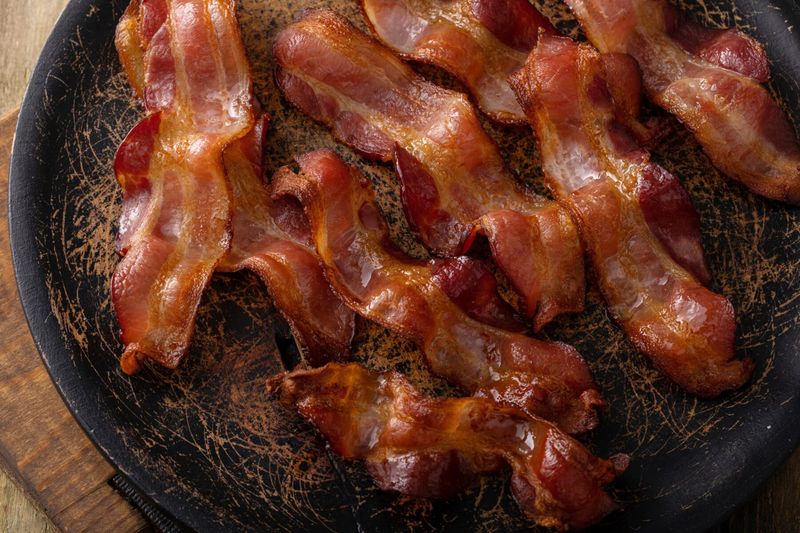
In the ‘70s, bacon bits added crunch to many meals. But did you know they sometimes contained resin fillers? This plastic mimicry of crispness was unsettling once exposed.
Consumers were unknowingly sprinkling non-food grade materials on their dishes. The FDA’s reclassification prompted a swift exit from the market.
Today, the notion of plastic in bacon bits seems absurd, yet it’s a reality of past culinary practices. It’s a cautionary tale of reading labels and knowing what’s truly in your food.
5. Margarine-Based “Cheddar Spread”
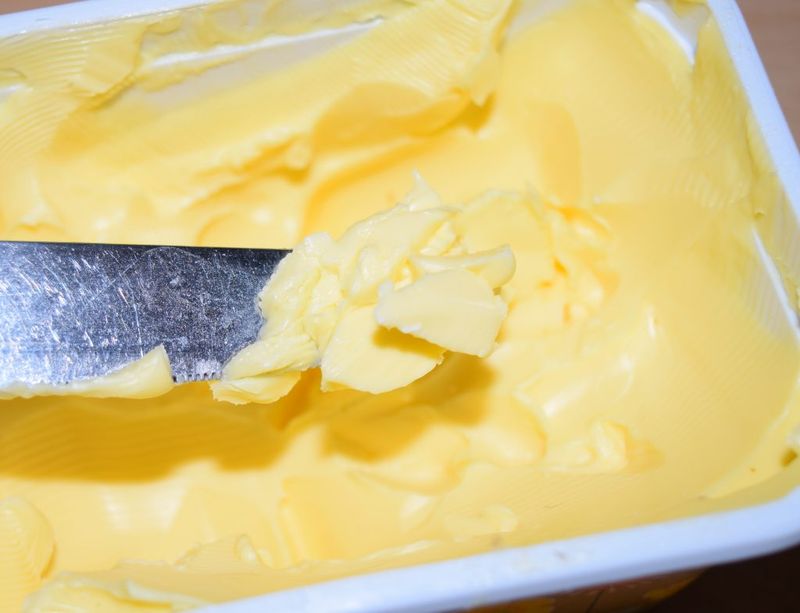
The margarine-based “Cheddar Spread” was an artery-clogging concoction that many slathered on buns without a second thought. Laden with trans fats and artificial flavor enhancers, it mimicked dairy enzymes in a deceptive facade.
While it promised cheesy goodness, its chemical mess was anything but. Health concerns over its composition led to its eventual disappearance.
For those who remember its slick texture, it’s a reminder of how far food standards have come. It’s a quirky relic of a past where convenience trumped health awareness.
6. Charbroil “Flavor Crystals”
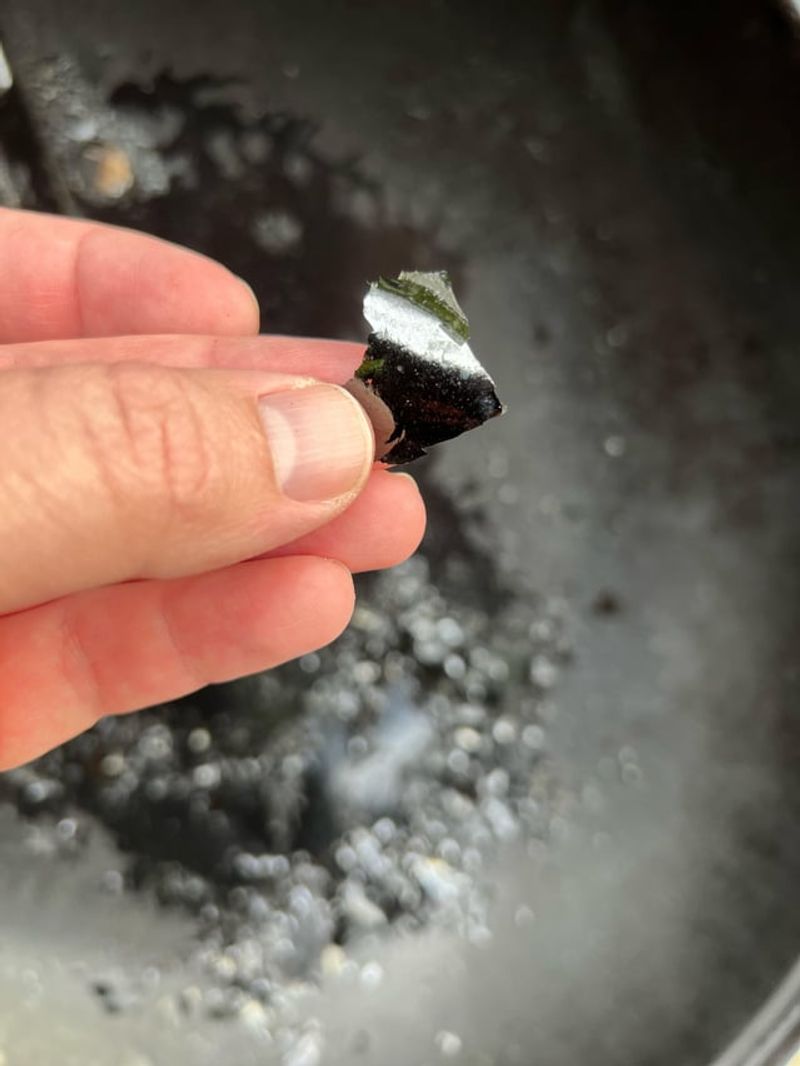
Charbroil “Flavor Crystals” were the secret behind that just-grilled taste in fast food patties. These artificial additives seemed harmless, yet they were later linked to respiratory and digestive issues.
The crystals, designed to enhance flavor, masked the reality of their potential harm. As studies surfaced, the FDA took action to ensure consumer safety.
It’s a stark reminder that not all flavor boosters are as benign as they seem. A quirky footnote in the history of artificial flavoring, it’s a lesson learned.
7. Green-Dyed Pickles
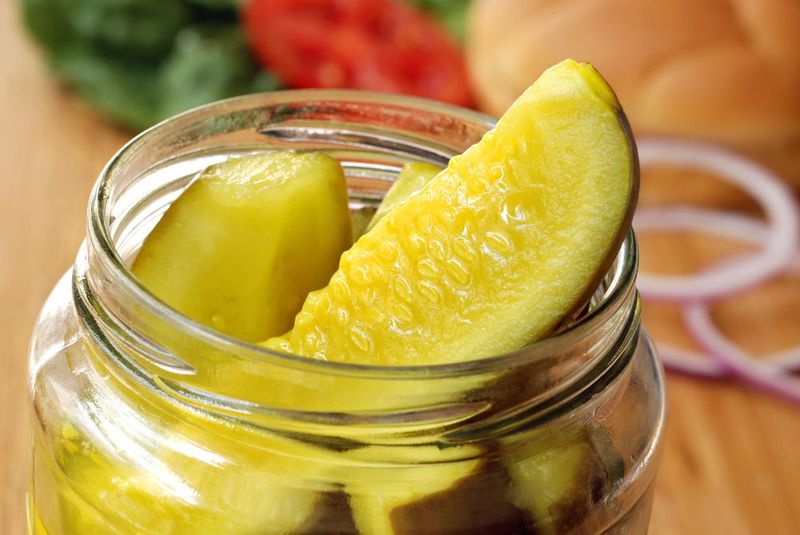
To brighten limp pickles, diners turned to a now-banned dye known as FD&C Green No. 2. Its eye-catching green hue made pickles pop visually, but animal toxicity studies led to its downfall.
For years, diners enjoyed these vividly colored pickles, unaware of the dye’s potential risks. The eventual ban reflected growing concerns over food safety.
Today, it’s a colorful memory of a time when aesthetics sometimes overshadowed health. It’s a testament to evolving consumer awareness and safer food practices.
8. “Zesty” Onion Rings with BHT
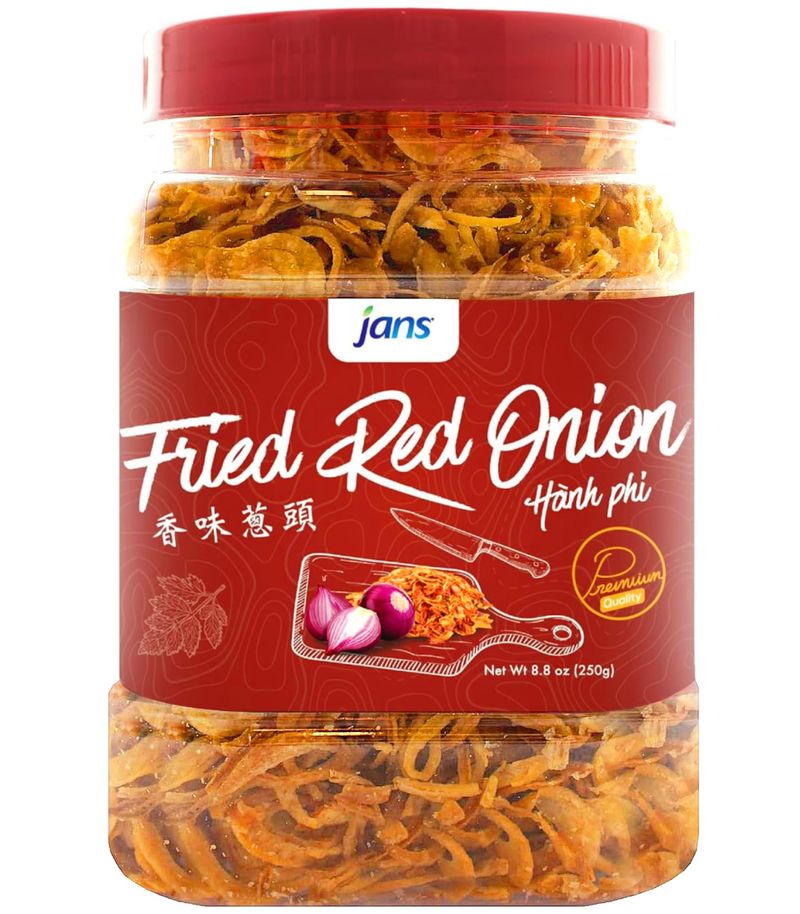
Zesty onion rings packed a flavorful punch, thanks to added antioxidants like BHT. However, BHT, also used in jet fuel and embalming fluid, was linked to tumor growth in lab rats.
Consumers enjoyed the zest without realizing the hidden chemical connections. As awareness grew, these onion rings quietly vanished from menus.
It’s a zesty tale of how seemingly innocuous additives can have significant implications. A reminder that sometimes less is more when it comes to flavor boosters.
9. Butter-Flavored Topping Oil (Diacetyl)

Butter-flavored topping oil, commonly used for that buttery finish, contained diacetyl—a compound found in microwave popcorn. Factory workers exposed to it developed a rare lung disease, earning it the nickname “popcorn lung.”
Though beloved for its rich flavor, its health risks led to its removal from burger joints. A flavorful addition turned cautionary tale.
Today, it’s a reminder of how even beloved flavors can have dark underpinnings. Consumers now seek safer, natural alternatives for that buttery touch.
10. Eggplant Bacon with Epoxy Sealant
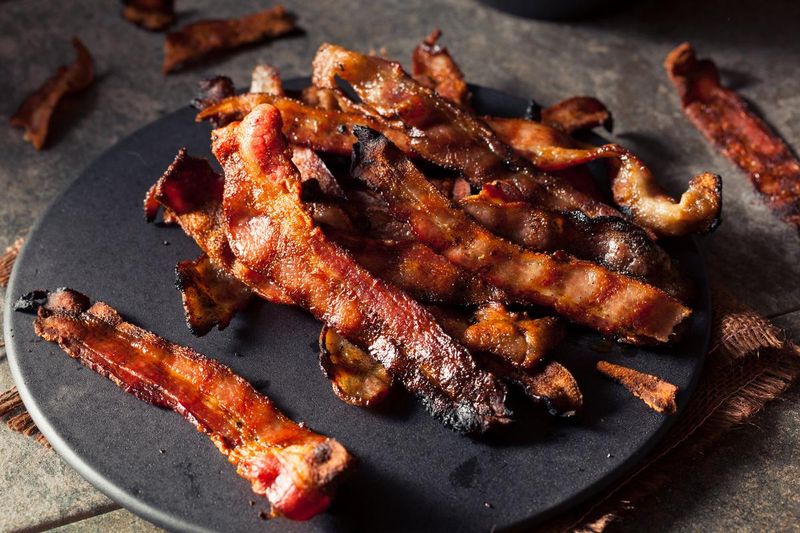
Eggplant bacon became a vegan trend, marinated in liquid smoke and soy sauce. However, some versions used epoxy sprays to retain crispness, raising health concerns.
The idea of sealing food with chemicals was unsettling, leading to its swift exit from the culinary scene. Vegan or not, it was a strange chapter in food experimentation.
For those who dabbled in this trend, it’s a quirky memory of vegan innovation gone awry. A tale of creativity eclipsed by caution.
11. Pink Slime Sauce
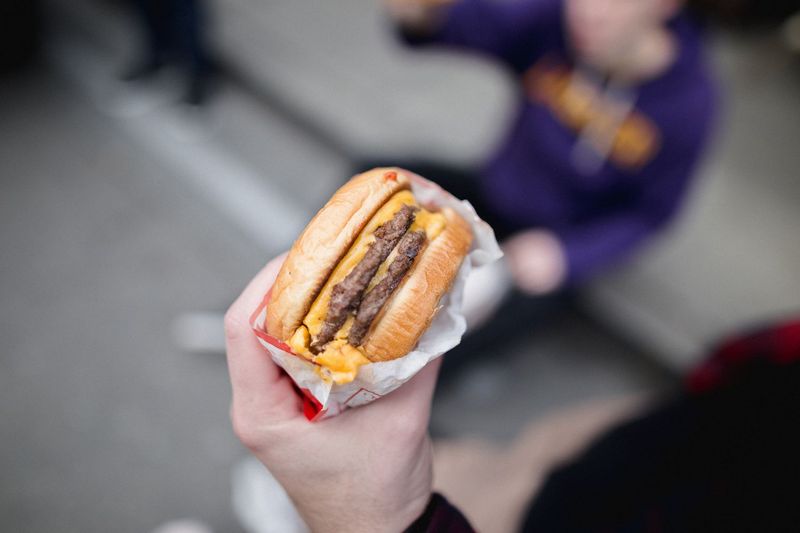
Ever wondered what gave your burger that extra zing? Pink Slime Sauce, marketed as a protein-rich spread, was actually a concoction of mechanically separated meat treated with ammonium hydroxide. The texture might have been appetizing, but the chemical treatment was less so.
Public outcry arose when the nickname went viral, drawing attention to its dubious origins. The FDA eventually succumbed to pressure and pulled it from the market. Just imagine munching away, oblivious to the hidden nasties.
In retrospect, it’s shocking to think such a product was ever allowed. But for a while, it was a staple in fast-food chains across the country.
12. Nitrated Avocado Mash
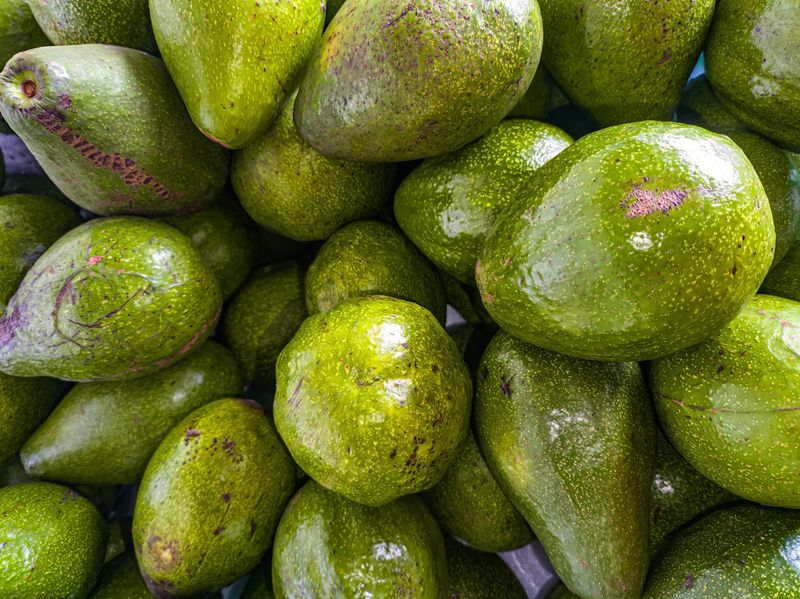
Keeping avocado bright green longer seemed like a win-win until sodium nitrate entered the scene. This preservative, used in some pre-made guacs, raised toxicity concerns.
The FDA banned it in fresh applications, prioritizing consumer safety over aesthetic appeal. The bright green mash was soon replaced with safer alternatives.
For avocado lovers, it’s a reminder of how preservation can sometimes go too far. A vivid chapter in the quest for the perfect avocado hue.
13. Flame-Grilled Mushrooms with Benzopyrene
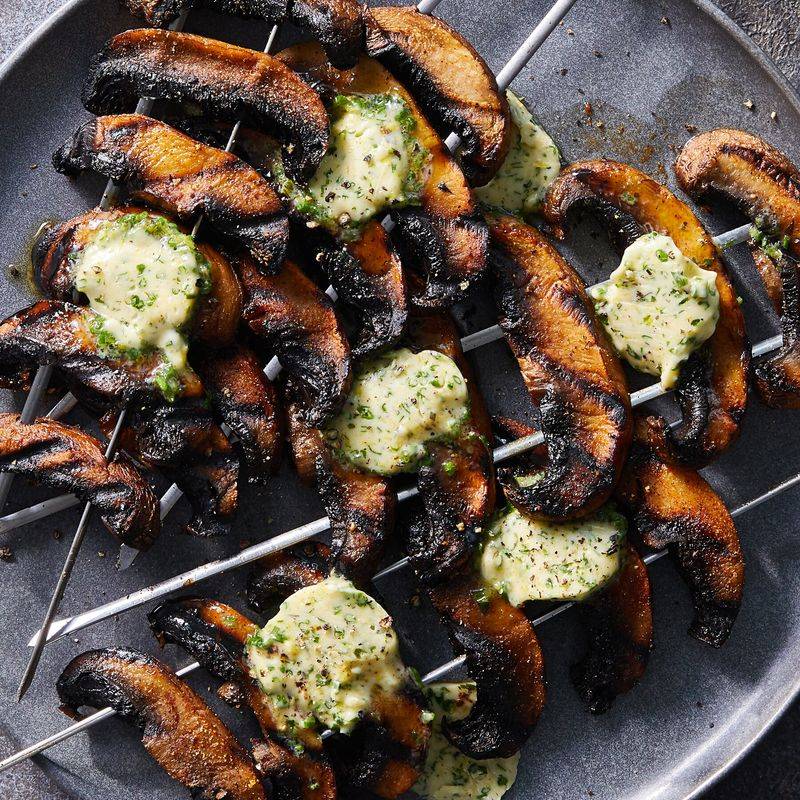
Flame-grilled mushrooms boasted a genuine smoky flavor, thanks to benzopyrene, a chemical found in coal tar. This revelation led to its swift ban, prioritizing safety over taste.
The allure of smoky mushrooms tantalized taste buds, but the health risks couldn’t be ignored. It’s a reminder of how some culinary innovations can come with unexpected consequences.
For those who savored this earthy delight, it’s a flavorful memory overshadowed by caution. A lesson in balancing taste with safety.
14. Jelly-Filled Jalapeños
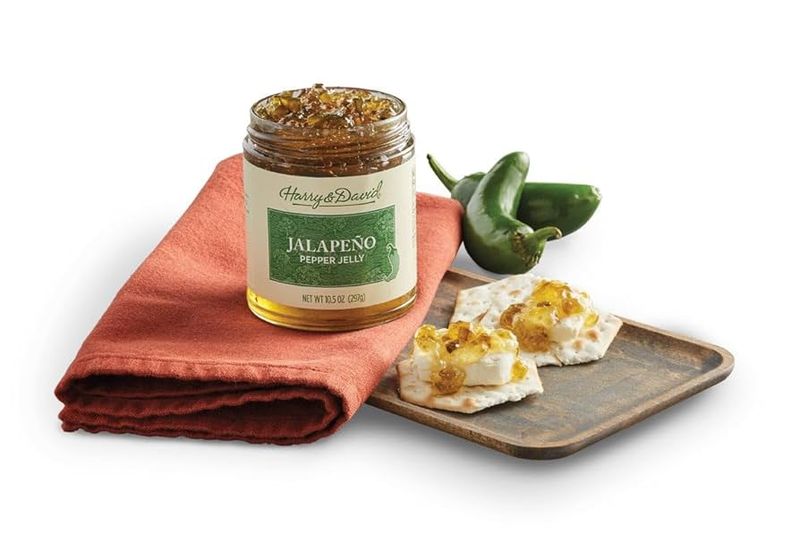
A sweet-and-spicy topping, jelly-filled jalapeños intrigued adventurous eaters with fruit pectin and synthetic capsicum extract. However, allergic reactions and complaints of mouth blisters led to its quiet disappearance.
The combination promised an unusual taste experience but proved problematic for sensitive eaters. It’s a spicy tale of how culinary creativity can sometimes backfire.
For spice enthusiasts, it’s a quirky memory of an experimental era in food. A spicy-sweet combination that fizzled out as quickly as it appeared.
15. Super-Melty Cheese Product X
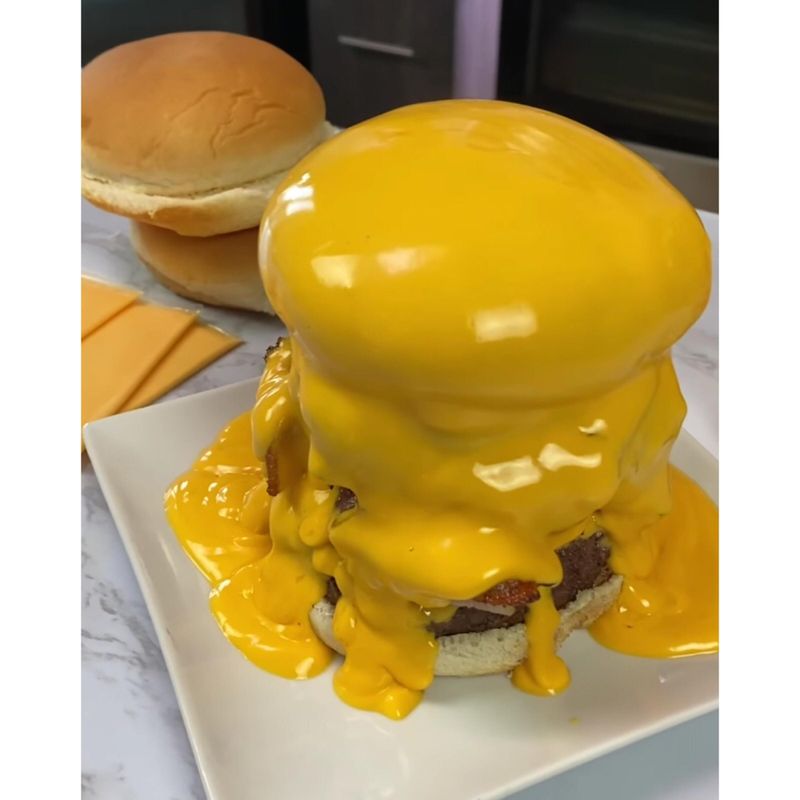
Not quite cheese, not quite sauce, Super-Melty Cheese Product X was a lab-born topping that melted at room temperature. Its silicone-based stabilizer, once revealed to leach toxins, led to its ban.
The convenience of a super-melty topping was overshadowed by health concerns, leaving consumers to seek safer cheese options. It’s a tale of innovation outpacing safety.
For those who enjoyed its gooey allure, it’s a reminder of the balance between convenience and caution. A cheesy chapter in the annals of food history.

